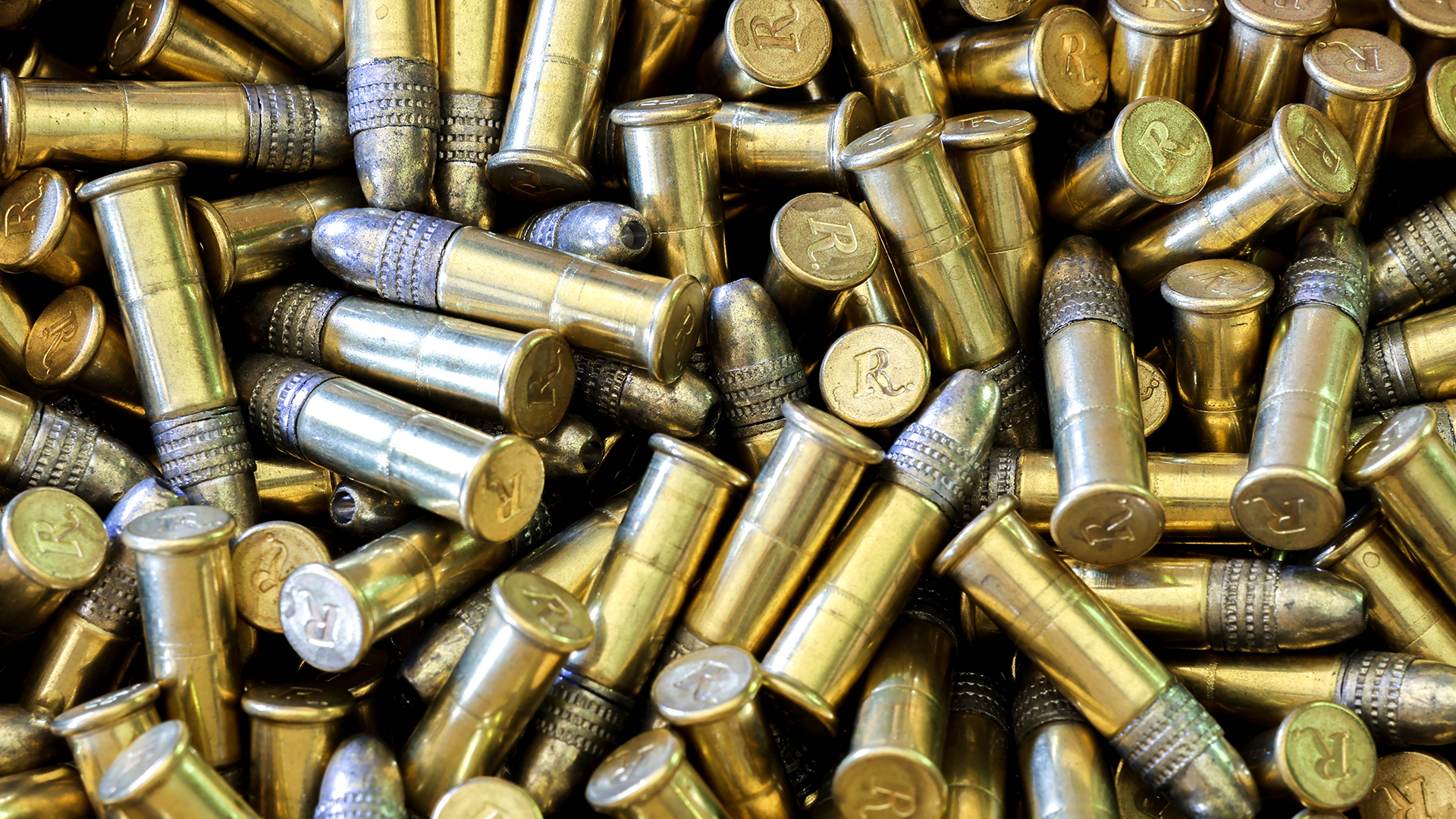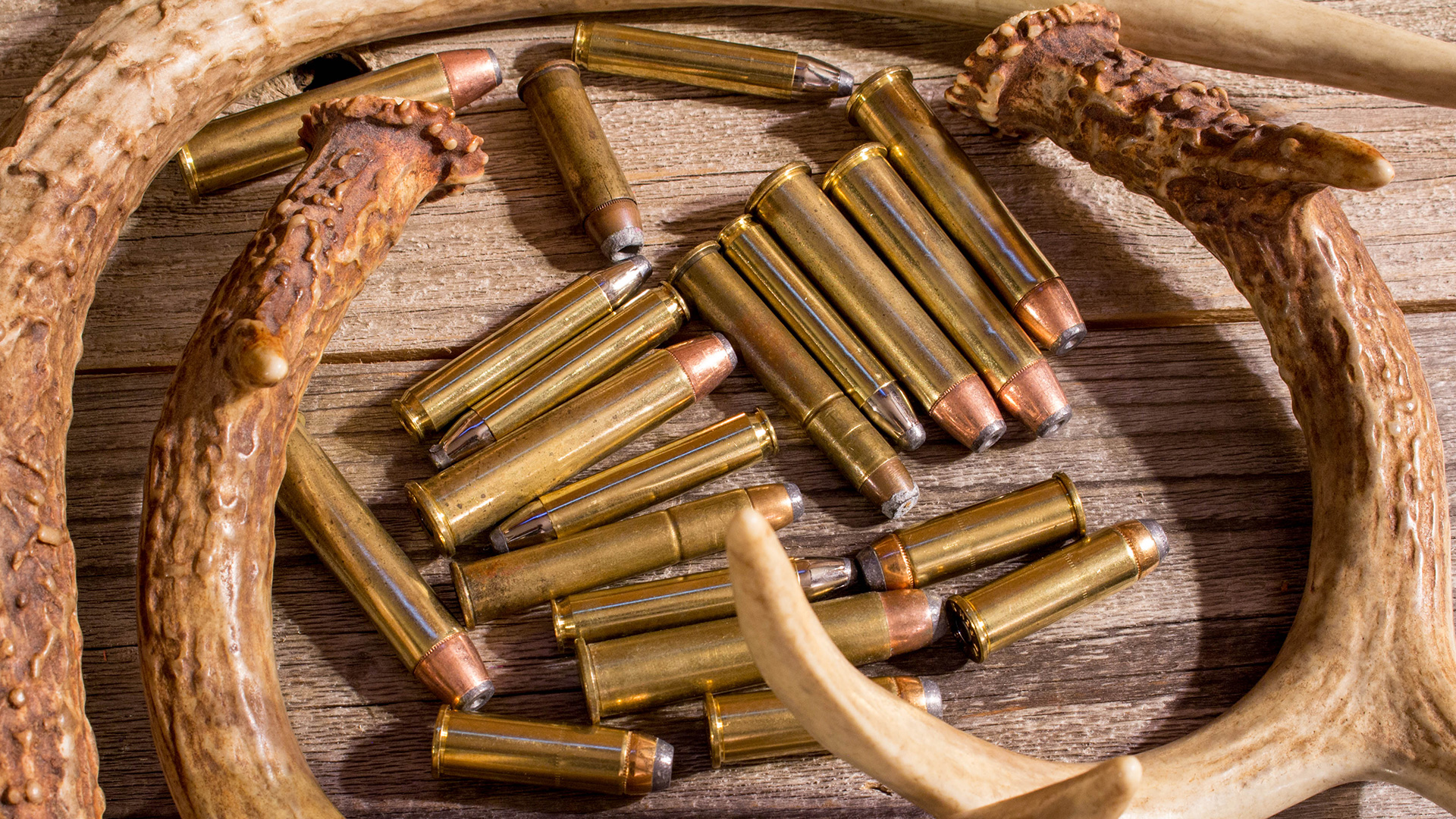
The bedrock of accuracy with any bow lies in developing and maintaining consistent shooting form, and one of the most vital facets of solid form is using a precise anchor point. Anchor point is the interface between the bowstring and drawing hand (including release aid, tab or shooting glove), and face at full draw.
Your anchor point must be infallible, highly repeatable and intuitive. It must feel completely comfortable and remain unforced. But it must also prove as consistent as a Swiss watch. You can do everything else exactly right, but without a consistent anchor point you will never shoot your best. Using a varying anchor point could be likened to shooting a rifle with iron sights that shift between shots. When shooting a modern compound bow, moving your anchor point also shifts the bowstring, to which the peep sight is attached.
Your anchor point should be grounded on an immoveable anatomical object: your ear, teeth, nose tip, cheekbone or jaw. I can’t tell you exactly where to anchor, as every shooter and bow setup is different. Generally, archers aiming with sights anchor lower on their face than those aiming instinctively. A viable anchor point minimizes bowstring contact with your anatomy and gear.
Taking it a step further, I recommend adopting both a primary and secondary, or dual, anchor point. I’ve found a dual anchor point results in tighter arrow groups, especially under pressure, and it helps extend maximum effective range.
While shooting a traditional bow with fingers, for example, I pull my index finger into the corner of my mouth to contact an interior molar and rest my thumb joint beneath my jawbone as a secondary checkpoint. With a compound bow and release aid, I plug my index-finger knuckle into the hollow behind my ear and hook my thumb joint around the rear point of my jaw. A friend snugs his bowstring fingers under his cheekbone and presses his thumb knuckle firmly into his ear opening.
It’s all a matter of feel, as everyone’s hands and face are built differently. Ultimately, a dual anchor point will help you achieve 100 percent repeatability, which will translate into better shooting.




































